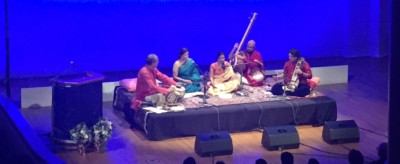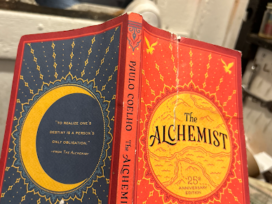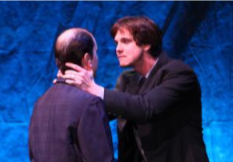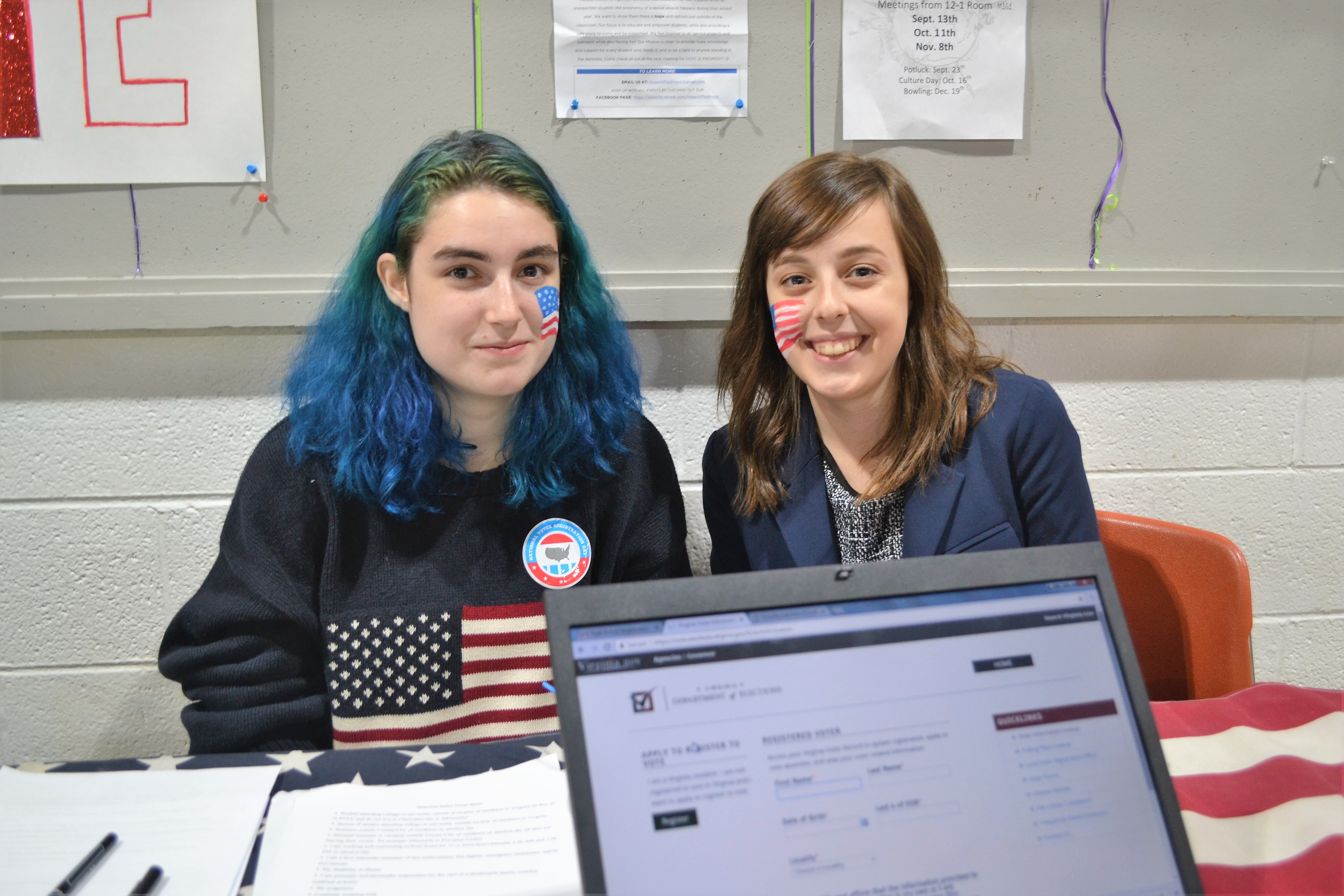
A Night of Sufi Music and Ghazals
Isaac Rowlingson, staff writer

The racing Tabla drums of Debu Nayak rumbled and popped like a thousand bubbles in a sea of color. The Sarangi, a North Indian stringed instrument translating to “a hundred colors,” sang in the bowed hands of its master practitioner Pankaj Mishra. The singer was Dr. Pooja Goswami Pavan, who holds her Ph.D in Indian Classical Music.
All together on stage, they gathered around sitting cross legged on a rug for A Night of Sufi Music and Ghazals.
Their performance pamphlet described The Ghazal as “a poem made up of two-line verses bound within a meter with an end rhyme and refrain. It is complex but very musical…The theme of the ghazal is mostly love, for a divine beloved or an earthly one.” It said that “Sufis (mystics) composed ghazals which communicate longing for God.”
This performance, taking place at UVA’s Old Cabel Hall Auditorium, was put together by The Department of Middle Eastern & South Asian Languages & Cultures and The Society for the Promotion of Indian Classical Music and Culture Amongst Youth.
The music carried a conversational tone, expressions of earth, humanity, and the divine. The Tabla could sound like river water tumbling into rocks, a flowing and rolling kind of sound. The Sarangi sounded like wind from a mountaintop, the kind that takes away your breath and leaves you enchanted. As these instruments dueled with each other, they intertwined like two flames. Melded together, they would speed up and slow down. The music would dynamically rise to new heights of harmony and then fall back into the abyss from where it came.
The singer seemed to be expressing spiritual sounds, not limiting herself to pitch or set rhythmic patterns. She would reach inside to bring out laughter, fiery rage, longing, joy, or sorrow. These sounds were the roots of all her vocal expression, and they came out like thunder from behind a cloud.
In between songs, they seemed to be praying. They talked slowly and peacefully and their words came from a place of silence. As the songs changed, different colors lit up the large painting behind their heads. Throughout the room, lights faded in and out as deep reds, vibrant oranges, aqua blues, and shimmering greens.
Dr. Pooja Goswami Pavan explained the meaning of one Ghazal by saying “It’s about the eagerness of the lover.” Although most of the audience could not understand the language Dr. Pooja Goswami Pavan used, the music itself invoked many images. It was dynamic, playful, and intense. The audience could put a part of themselves into it and simultaneously internalize it as well.






